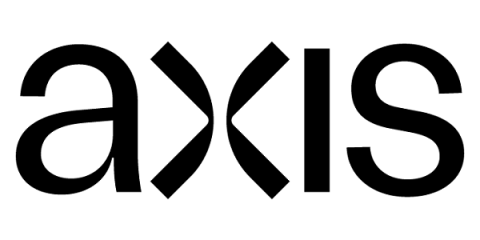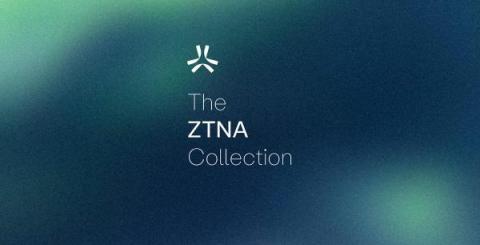Security | Threat Detection | Cyberattacks | DevSecOps | Compliance
July 2022
ZTNA, It's Not Just a Remote Access Thing Anymore...
Over the past 28 months, two significant events happened which will change the way we build our IT networks. First, obviously, the pandemic. March 2020 caused the workers of the world to move their office cubes to their basements, bedrooms or even the family kitchen table. Remote work became essential for the economy to function. To facilitate access, we saw mass adoption of Zero Trust Network Access (ZTNA) technologies which do not require heritage based solutions like IPSec VPNs.
The ZTNA Collection
Welcome to the ZTNA Collection, a curated list of the top favorite Zero Trust Network Access assets. Enjoy the array of glossary pages, blogs, videos, and whitepapers all specific to ZTNA thought leadership. What is Zero Trust Network Access (ZTNA)? Zero Trust Network Access (ZTNA) Created in April of 2019 by Gartner, the term Zero Trust Network Access (ZTNA) represents a set of new technologies designed for secure access to private applications.
Axis Shortlisted for 2022 SaaS Award for Security Innovation
10 Things to Ask the ZTNA Vendor On Your Next Discovery Call That You Probably Never Knew to Ask
The term “ZTNA,” zero trust network access, has been around for years – first bursting onto the scene in 2017 when Gartner dropped the term in their ZTNA Market Guide. This solution quickly became the starting point for most zero trust projects in the industry since it helped solve a relatively simple, but critical problem – finding more secure ways of providing remote access to internal applications.






